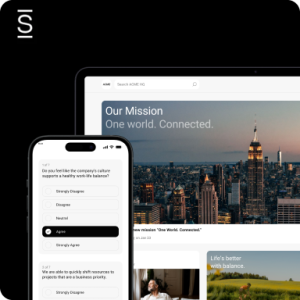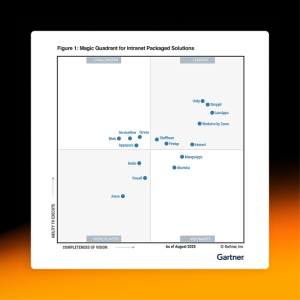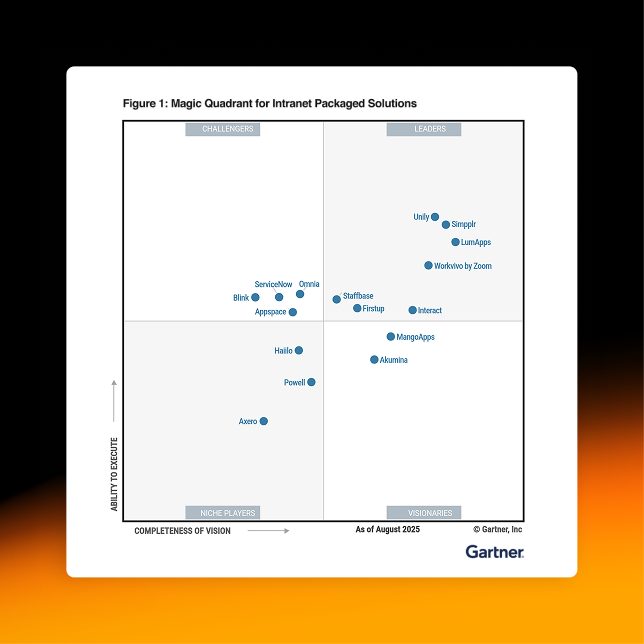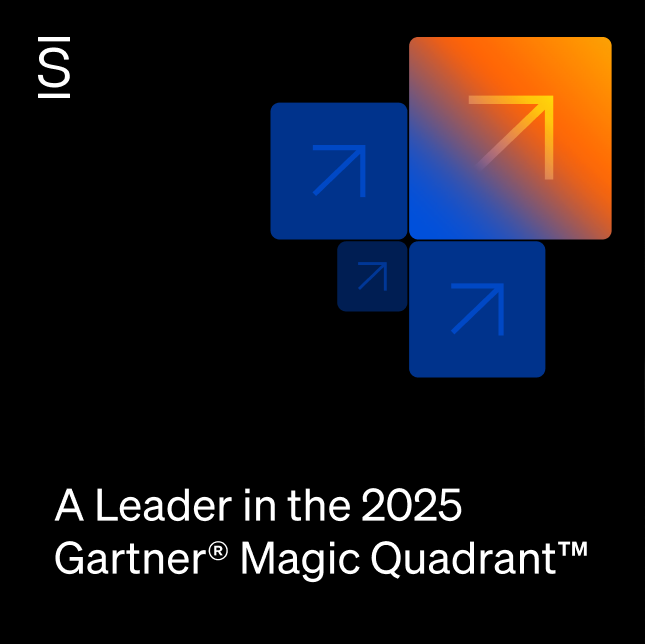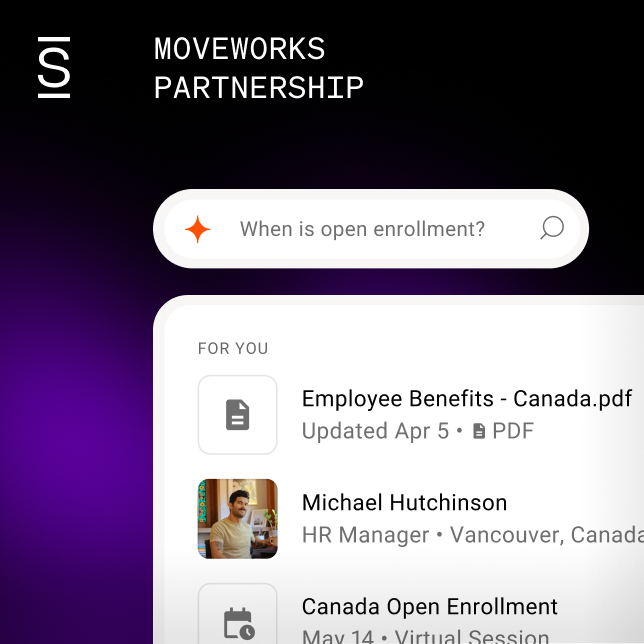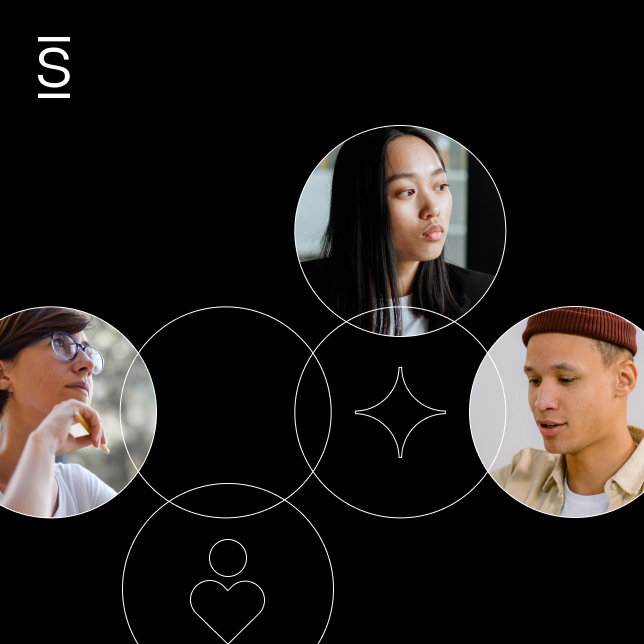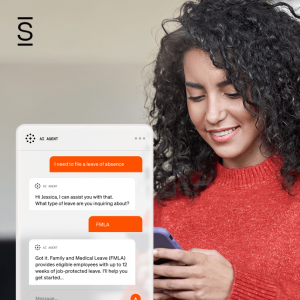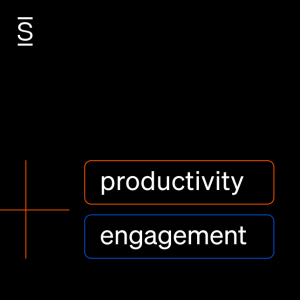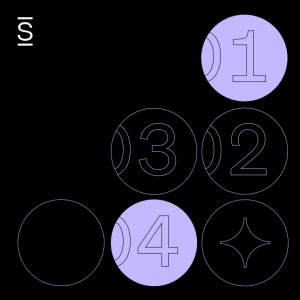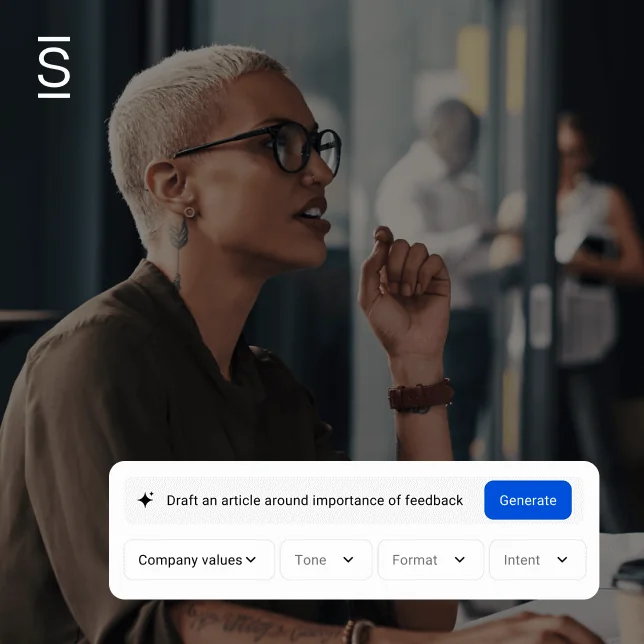Information overload is real. Employees are bombarded with emails, texts, instant messages, notifications and more — causing stress, hindering productivity, and increasing the likelihood of important messages getting lost in the clutter. So, how do you cut through the noise as an internal communicator? Personalization and targeting.
Simpplr research shows that the most effective Internal Communication teams leverage a personalized and targeted internal comms strategy to deliver custom content tailored to employees’ roles, workstreams and preferred channels. And artificial intelligence (AI) puts this strategy within reach for even the most resource-strapped IC teams.
By harnessing AI-powered tools, internal communicators can deliver content that truly resonates on an individual level and makes every message count.
“The best experiences for employees are ones that acknowledge and value their unique preferences and needs. By focusing on the distinct qualities of each audience, targeting ensures that communication is meaningful, engaging and effective, fostering a deeper connection and understanding,” says Carolyn Clark, VP of Employee Experience Strategy at Simpplr.
The importance of personalization and targeting in IC
Effective internal communications hinges on an understanding that each employee has a unique and diverse set of values, experiences and preferences. But personalizing internal comms does more than acknowledge and respect the employee’s individuality — it lays the groundwork for a more inclusive, productive and accessible organization.
“Personalizing content is about respecting and valuing the unique needs of your team,” says Carolyn, who compares IC personalization to effective marketing strategies. “Marketers have learned that the more they know about their audience, the more effectively they can tailor their messaging and campaigns to meet the audience’s needs and preferences, which ultimately leads to preferred results. The same rings true in internal communications.”
With that foundation in mind, you might expect that most IC teams would tailor their content to targeted audiences. However, that’s not always the case.
In Simpplr’s State of Internal Communications 2024 report, respondents were fairly evenly split between those who target communication to specific audiences and those who treat the audience as a single, uniform group. While less than half (48%) of respondents reported having an intranet system, among those who do target their communications, 52% maximize targeting by creating specific comms for specific audiences.
Those with an intranet are significantly more likely to target in this way — 61% vs. 44% for those without an intranet.
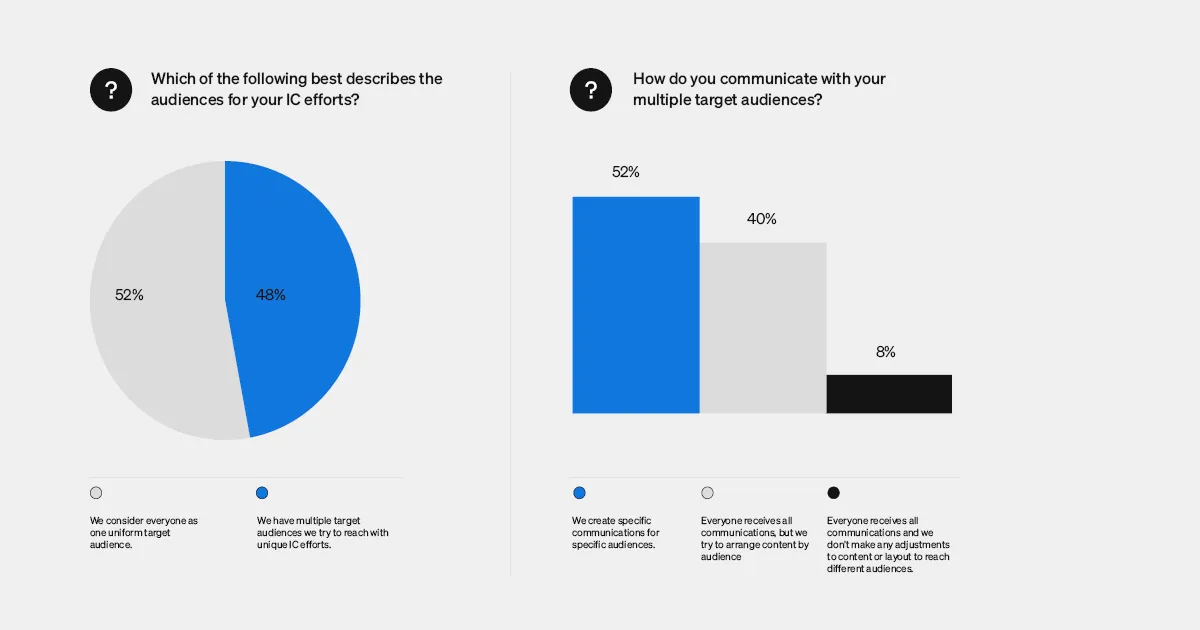
Targeting as a predictor of high effectiveness
Interestingly, the Simpplr research found that the likelihood to use targeting strategies is a predictor of high effectiveness. Meaning those who target have employees who are more likely to take a desired action and are more likely to remain loyal and engaged.
Internal communicators who segment and target their audience, “Targeters,” rated their current state of IC higher than “Non-Targeters,” those who treat their audience as a uniform block (60% vs. 53%). Targeters were more likely to say the state of their IC has improved this year (48% vs. 41%).
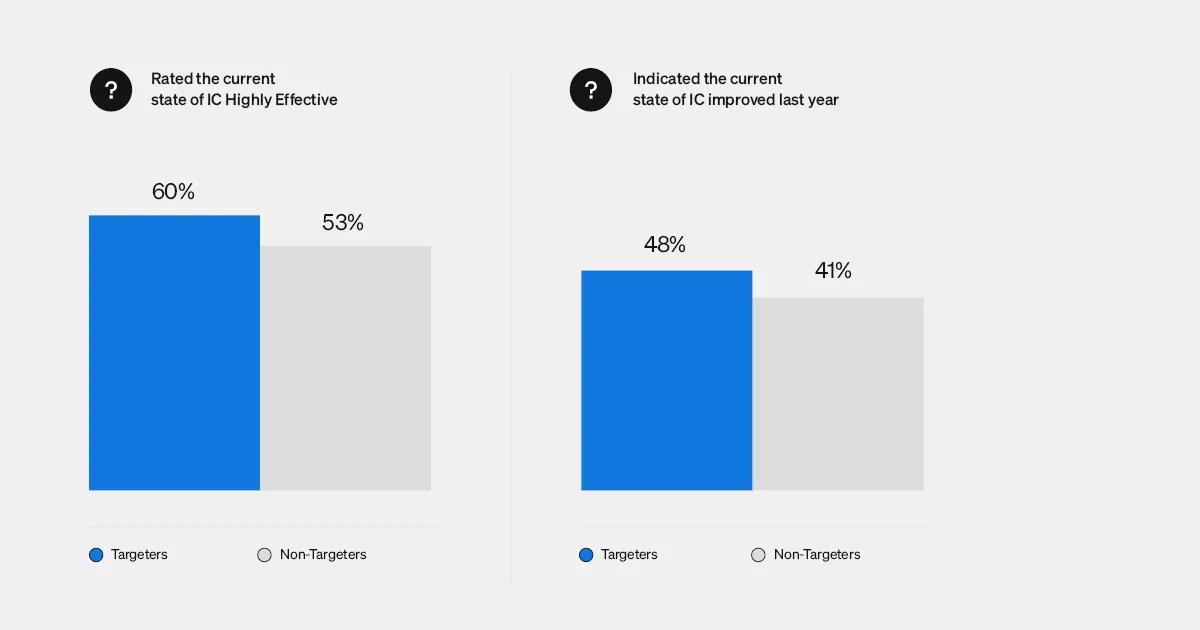
Get your free copy of the full report
Using AI to personalize and target internal comms
This finding might indicate that the most forward-thinking IC teams are using AI-powered tools like a modern intranet for personalization and targeting, enabling employees to interact with content in a more meaningful and individualized way.
“AI has the potential to significantly enhance IC teams’ ability to personalize and target content by automating the analysis of employee data and preferences,” Carolyn explained.
AI algorithms analyze user behavior, preferences and historical data to deliver tailor-made content recommendations and serve up relevant information automatically — ensuring that employees receive the information that matters most to them. Distributing those messages dynamically across the best channel for each group of employees helps further increase the likelihood of engagement and absorption.
AI-powered employee experience platforms like Simpplr can scale personalization across thousands of employees seamlessly and expand the impact of the Internal Communication team. By using AI purpose-built for EX, communicators can adapt to employees’ preferences and serve up relevant information automatically — curating a unique intranet experience for every employee.
For example, one employee might learn better from visual information, while another prefers text. Generative AI could see these preferences in the data and adjust the format of IC messaging to be more or less visual depending on the employee’s needs.
The best AI-driven intranets even feature a custom content and recommendation feed, similar to social media or a shopping app, based on an employee’s role, location, activity and interests.
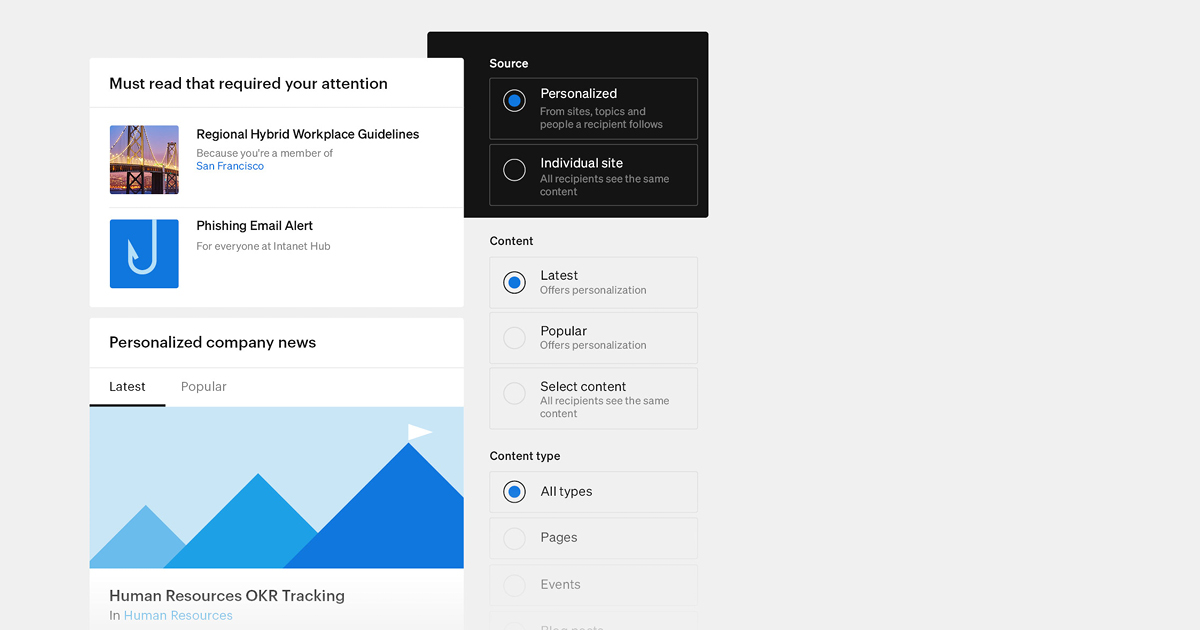
Simpplr’s smart personalization looks at each employee’s role and interests to continuously fine-tune their experience over time.
Take a deeper dive into elevating employee experience with an AI-powered EX platform
Tips for using AI to improve personalization and targeting
Here are some tips to consider when integrating AI tools to help with personalization and targeting:
- Use AI to repurpose content: If you have a long-form article, guide or training, use AI to break the content down into a more concise article, or bullet points, or spin it into a short video. People respond differently to the presentation of information, so use Generative AI to try out different techniques. “It’s all about making sure our message hits home and is effective, no matter the preference,” Carolyn says.
- Use AI to build personas: If you have a large network of employees, it can be difficult to manually group them beyond basic factors like location or department. Instead, use AI to build out employee personas based on more nuanced information. Then use those personas to personalize your materials.
- Use AI to bridge gaps: AI can serve as a great tool for finding and bridging gaps in your IC messaging. From language barriers to automatically finding, removing or updating outdated content — AI can fill many holes.
- Use data to measure effectiveness: You’ll need to show leadership a clear value add from AI’s personalized and targeted efforts. Some useful measurements to consider are % increase in content consumption and improved knowledge saturation, which you can measure via short post-content quizzes. A modern intranet provides insights into communication reach, resonance, alignment and recommended actions for continuous improvements.
Watch how to use seven different AI tools to produce a targeted comms plan and content in a variety of formats for different audiences
Challenges of personalization and targeting for IC Teams
Even if IC teams understand the importance of personalization and targeting, many lack the technology, resources or bandwidth needed to execute this strategy effectively. Open-source AI tools like ChatGPT are affordable options that can help, but they’ve got security and other limitations when used for internal communications.
“IC teams often grapple with outdated technology,” Carolyn says. “Basic intranet platforms lack the sophistication needed for nuanced segmentation, leaving a gap in communication strategies. These IC teams often find themselves stretched thin, managing multiple communication channels and responsibilities.”
And IC teams looking to move to an AI-driven EX platform might struggle to get buy-in from decision-makers. The State of Internal Communications report found that proving the tangible value of IC efforts to leadership and stakeholders remains a challenge for many teams, with 30% indicating that their organization does not value the importance of IC.
“I think that the age-old struggle of proving internal communication’s value as a strategic advantage for organizations continues to limit the technology and resources IC teams secure,” Carolyn says.
Positioning IC as a strategic advantage
As the State of Internal Communications report notes, IC teams will get increased access to the resources and technology they need for greater effectiveness by clearly linking their work to key organizational metrics. Unfortunately, the research uncovered that 40% of IC teams surveyed don’t have a clearly stated charter and measurable goals.
Carolyn recommends the following actions to start positioning IC as a strategic advantage:
- Refine (or, if you don’t have one, establish) your team’s charter and objectives. Create a north star to constantly come back to that not only helps you prioritize where to focus but that also reminds you to consistently tell the impact story up the chain of command.
- Dig into the measurements that you have access to. Begin with the basics, then evolve to more nuanced analyses to continually prove and improve the impact of internal communications.
- Actively connect your IC efforts with key organizational metrics to not only kickstart improved performance but open doors to more resources, executive attention, advanced technology, and greater independence.
Learn how to build a business case for a modern intranet
How Simpplr can help
The future of internal communications is one that merges the benefits of technology with the needs of its employees. Simpplr is the most comprehensive EX platform, built with extensive AI capabilities. Simpplr drives EX through personalization, recommendations, natural language search, generative content creation and conversational bots to engage, enable and serve employees so they can do their best work from anywhere.
Request a demo to see how you can transform the way you engage employees with the only AI built for EX.


